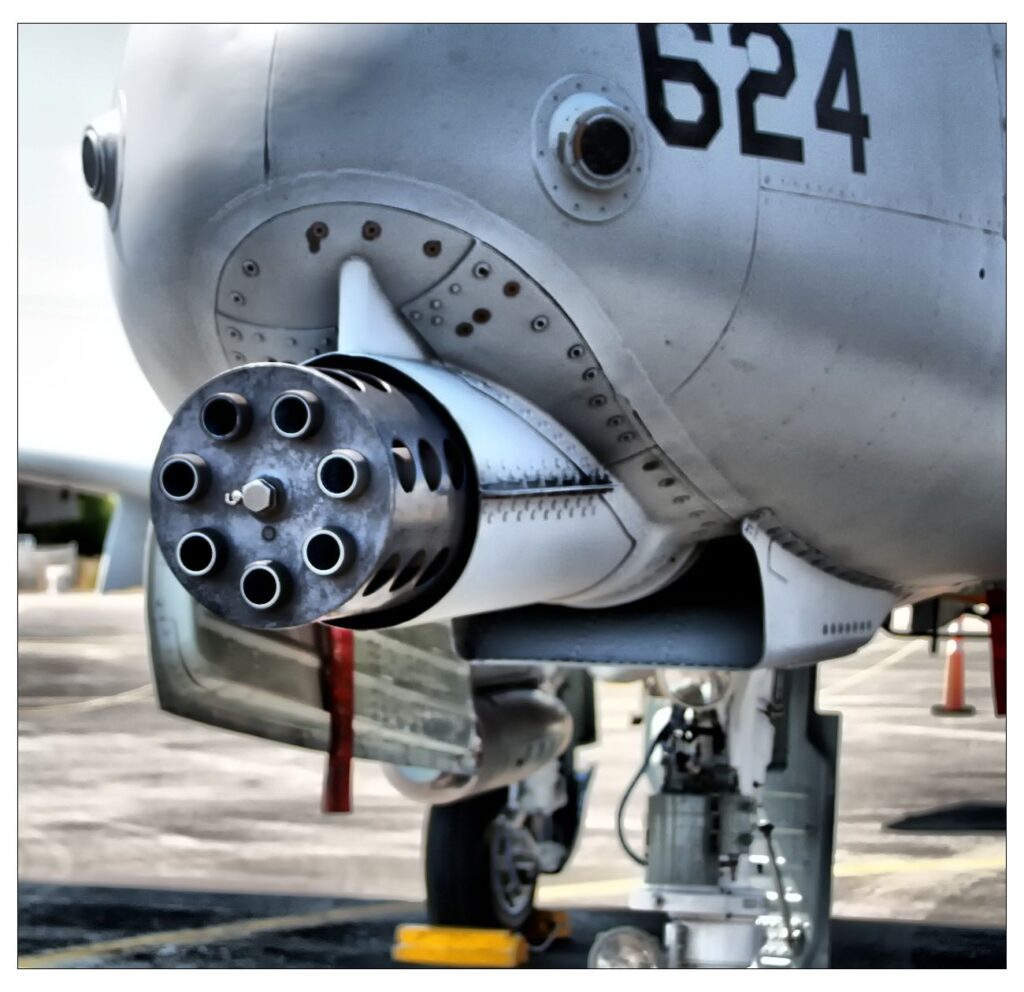Close Air Support Summit Sparks Nod To Textron’s Scorpion
Posted on
PENTAGON: Army Chief of Staff Gen. Ray Odierno. Air Force Chief of Staff Gen. Mark Welsh. Marine Commandant Gen. Joseph Dunford. National Guard Bureau Chief Army Gen. Frank Grass. Gen. Hawk Carlisle, head of Air Force Air Combat Command. That’s a lot of stars and command authority gathered in one place and they all came together at a week-long summit to discuss the future of one of the military’s most sensitive and important missions: Close Air Support (CAS).
Organized by Gen. Welsh, the summit focused on the future of CAS. Carlisle told us “gaps” were spotted in training and to, some degree, in future equipment.
The biggest gap in Close Air Support right now, Carlisle told reporters, is the training CAS pilots currently have to operate in what the Air Force nicely calls “contested environments” — places where the enemy has a decent chance of shooting you down.
“Adversaries see what we do,” he said. “Every adversary in the world who has the potential to challenge us will say, if the Americans own the air they will destroy us. So they are continually trying to counter.”
And Carlisle mentioned one particular hot spot as an example: “We talk about particular scenarios like eastern Ukraine. What would that look like, and what would we do.” Of course, the Russians would protect the area using their IADS. Given the relative vulnerabilities of the A-10 that probably means we would use bombers and fighters such as the F-16, but Carlisle didn’t address any specifics.
The Air Force plans to use a lot of simulators and other virtual environments to hone CAS training. Pilots have operated in uncontested environments over the last 13 years and haven’t had time to train for high-end operations, the general said.
The other gap of interest to our readers may lie in aircraft flying CAS in less contested environments. There’s been talk about an A-X aircraft, but the Air Force can’t afford a new plane as long as the Budget Control Act remains in force, Carlisle told us. And the three versions of the F-35 will, Carlisle noted, be the main CAS weapons operating in hot environments. But, he said, we “may need more capacity at a lower cost.”
Would Textron’s Scorpion, an all-composite aircraft designed to boast low operating costs, as well as be relatively cheap to procure, fit the bill, he was asked. “It could. It may be,” he said. “We’ve gone out and looked at other platforms that could provide for low cost per flying hour.” The Scorpion is designed to cost less than $20 million over plane and cost less than $3,000 per flying to operate.
For those who are late to the party, CAS is the act of using aircraft to kill the enemy when he gets close to our troops. It requires great communications, spectacular accuracy, fabulous flying and great care on the part of the Joint Terminal Attack Controller (JTAC) who usually provides the plane with targeting information. (Carlisle noted that the military doesn’t have enough JTACs. In 1990, he said, there were 450 JTACs and they fulfilled all the military’s requirements. “We have 1,500 today and we’re still not meeting the requirements,” he said.)
The Air Force has long been accused by critics of not taking CAS seriously enough. Calls emerge from time to time for the CAS mission to be handed to the Army, whose people are often the folks whose bacon is being taken out of the fire. Recent moves — sparked by the absurd budgetary situation caused by the Budget Control Act — by the Air Force to retire the CAS fleet of A-10 Warthogs have sparked parochial actions by members of Congress to protect jobs and missions in their districts or states and revived the criticism of the Air Force’s commitment to CAS.
As Breaking Defense readers know, the A-10 is an excellent weapon for CAS, but it is pretty old and is much more vulnerable to surface-to-air missiles than are more modern fighters and bombers. Also, the great majority of CAS missions are now executed by fighters and bombers loaded with Precision Guided Munitions.
Add to this mix the rise of highly capable Integrated Air Defense Systems (IADS) such as the Russian S-300 and S-400 surface to air missile batteries, and the rising problem of Anti Access/Area Denial (known to Pentagon wonks as A2/AD), and the A-10’s future grows increasingly uncertain,
But the A-10 wasn’t really the focus of the CAS summit because it’s already in use and is on its way out, To keep the focus on the future, Carlisle said that he’s standing up a CAS Integration Group to try new Concepts of Organization, new training and to test new technologies. He hopes to make add 12 F-16s to provide an in-house air wing. But the CIG will also pay close attention to what Carlisle called the “synergy” of the three F-35 variants, which will “be incredibly important.”
One of the big areas to work out is how to share the enormous amount of high-fidelity data from the F-35s advanced sensors directly with ground forces. One of the areas they are looking at is how to increase the amount of ordnance carried by the F-35. The F-35A (Air Force) gun, for example, only carries 182 rounds. The F-35B, used by the CAS-obsessed Marines, and the F-35C will carry 220 rounds. But their guns will be carried externally thus negating their stealthy profiles.
Subscribe to our newsletter
Promotions, new products and sales. Directly to your inbox.

